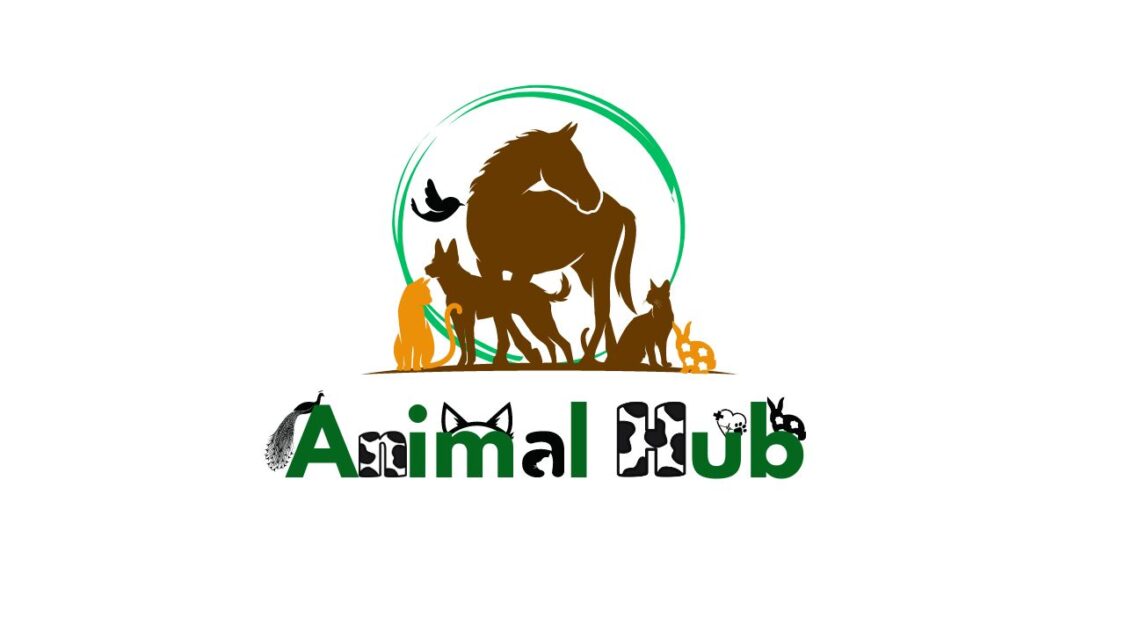Introduction
Cat behavior. Cats have been fascinating companions to humans for thousands of years, and their behavior has always been a source of curiosity and wonder. From their playful antics to their mysterious mannerisms, cats continue to captivate us with their unique quirks and body language. Understanding our feline friends’ behavior is not only crucial for developing a deeper bond but also for ensuring their overall well-being and happiness. In this article, we will delve into the world of cat behavior, decoding the various quirks and body language that our furry companions exhibit. Watch memes on YouTube Channel.
The Social Nature of Cats
Contrary to popular belief, cats are social animals. While they may not rely on a hierarchical pack structure like dogs, they do form strong social bonds with their human caregivers and fellow feline companions. Understanding the social nature of cats is essential for interpreting their behavior accurately. Memes Video.
1. Attachment and Affection
Cats can become deeply attached to their human owners. They often display affection through various behaviors, such as rubbing their head against you, purring contentedly, or kneading with their paws. These actions are signs of trust and love.
2. Grooming Behavior
Grooming is a significant social behavior among cats. When your kitty grooms you, it’s not only keeping you clean but also showing its affection and acceptance of you as part of its social circle.
3. Play and Hunting Instincts
Play is an essential part of a cat’s life, even for adult cats. Play mimics hunting behavior and helps them hone their predatory instincts. Engaging in play with your cat strengthens your bond and provides necessary mental stimulation. Memes Video.
Feline Communication: Decoding the Language of Meows
Cats are vocal creatures and use a range of vocalizations to communicate their needs, wants, and emotions. Understanding their vocal cues can help you respond appropriately to their demands.
1. Different Types of Meows
Each meow has a distinct meaning. A short, high-pitched meow may indicate a greeting, while a long, drawn-out meow might be a sign of discontent or a request for attention. Pay attention to the context and tone to decipher your cat’s message accurately. Memes Video.
2. Purring: The Enigmatic Sound
One of the most captivating sounds cats produce is purring. Purring can signal contentment, but it can also be a self-soothing mechanism during stressful situations. Cats may also purr when they are in pain or unwell.
Understanding Feline Body Language
A cat’s body language is a fascinating aspect of their behavior. Learning to read their body language can give you valuable insights into their feelings and intentions. Memes Video.
1. The Tail Tells All
A cat’s tail is a highly expressive part of its body. A straight-up tail signifies a confident and happy cat, while a puffed-up tail indicates fear or aggression. A gently swishing tail may suggest excitement or anticipation, but a thrashing tail could mean annoyance.
2. Ears: Windows to Emotions
Cats communicate a lot through their ears. When a cat’s ears are forward, it shows attentiveness and interest. Flattened ears against the head suggest fear or agitation. Paying attention to their ears can help you gauge their comfort level in different situations. Memes Video.
3. Eye Contact and Blinking
Direct eye contact is a sign of trust and affection from a cat. Slow blinking is a friendly gesture that shows they are at ease in your presence. Conversely, prolonged staring can be seen as a challenge or threat.
4. Kneading and Rolling
Kneading is a behavior cats develop as kittens when they knead their mother’s belly to stimulate milk flow. Adult cats often knead when they are relaxed and content. Rolling over can be an invitation for belly rubs but proceed with caution, as some cats may not appreciate this gesture.
Common Behavioral Quirks and Their Meanings
1. Head-Butting (Bunting)
When a cat head-butts you, it’s a sign of affection and marking you with its scent glands as part of its territory. Memes Video.
2. Chattering and Chirping
Cats often make chattering or chirping sounds when observing birds or prey outside the window. This behavior is thought to be a frustration response as they express their desire to hunt.
3. Kneading Blankets
Kneading blankets or soft surfaces is a comforting behavior that harks back to their kittenhood when they kneaded their mother’s belly for milk. Memes Video.
4. Bringing Gifts
When your cat brings you “gifts” like dead insects or small animals, it’s an instinctive display of their hunting prowess and a sign of trust and friendship.
5. Slow Blinking
Cats often slow blink at their owners, which is considered a sign of trust and affection. You can reciprocate the gesture to show your love and trust in return.
Behavioral Issues and How to Address Them
Understanding cat behavior is not only about decoding their quirks and body language but also addressing any behavioral issues they may display. Memes Video.
1. Aggression
Aggression in cats can stem from fear, territorial disputes, or medical issues. Identifying the cause is crucial to addressing the problem appropriately.
2. Scratching Furniture
Cats scratch to mark their territory and maintain their claws. Providing appropriate scratching posts and regularly trimming their nails can deter them from scratching furniture. Memes Video.
3. Inappropriate Elimination
Cats may avoid the litter box due to stress, medical problems, or dissatisfaction with its cleanliness. Maintaining a clean litter box and consulting a veterinarian can help resolve this issue.
4. Excessive Meowing
If your cat’s meowing becomes incessant, it may be trying to communicate a problem or seeking attention. Rule out any medical issues first and ensure they receive enough mental and physical stimulation. Memes Video.
Conclusion
Decoding your cat’s behavior can be both a fascinating and rewarding experience. By understanding their quirks, body language, and vocal cues, you can build a stronger bond with your feline friend and ensure their well-being. Remember that each cat is unique, and paying attention to their individual personalities and preferences will help you develop a deeper understanding of their needs and emotions. Memes Video. Cherish the moments you spend with your furry companion, and embrace the enigmatic world of cat behavior.
Read more on animal: puppy adoption




